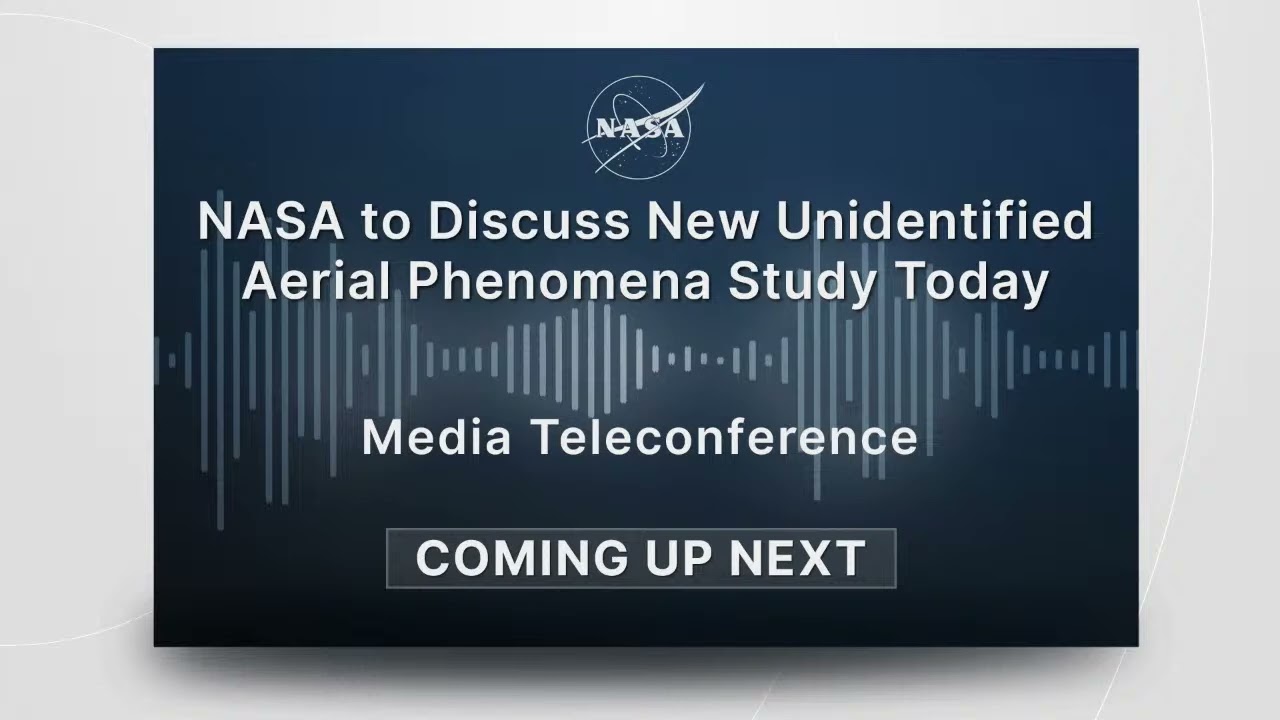On 2022-06-09, NASA issued a press release, “NASA to Set Up Independent Study on Unidentified Aerial Phenomena” and held a media teleconference (audio only recording) about the project.
NASA is commissioning a study team to start early in the fall to examine unidentified aerial phenomena (UAPs) – that is, observations of events in the sky that cannot be identified as aircraft or known natural phenomena – from a scientific perspective. The study will focus on identifying available data, how best to collect future data, and how NASA can use that data to move the scientific understanding of UAPs forward.
The limited number of observations of UAPs currently makes it difficult to draw scientific conclusions about the nature of such events. Unidentified phenomena in the atmosphere are of interest for both national security and air safety. Establishing which events are natural provides a key first step to identifying or mitigating such phenomena, which aligns with one of NASA’s goals to ensure the safety of aircraft. There is no evidence UAPs are extra-terrestrial in origin.
(Emphasis is mine. The truth is out there.)
The agency is not part of the Department of Defense’s Unidentified Aerial Phenomena Task Force or its successor, the Airborne Object Identification and Management Synchronization Group. NASA has, however, coordinated widely across the government regarding how to apply the tools of science to shed light on the nature and origin of unidentified aerial phenomena.
The agency’s independent study team will be led by astrophysicist David Spergel, who is president of the Simons Foundation in New York City, and previously the chair of the astrophysics department at Princeton University in Princeton, New Jersey. Daniel Evans, the assistant deputy associate administrator for research at NASA’s Science Mission Directorate, will serve as the NASA official responsible for orchestrating the study.
You have to get to the 24:00 point in the teleconference recording until Jeff Foust of Space News asks what the budget is for the study and gets the answer: “…we would estimate is anywhere between a few tens of thousands of dollars—certainly no more than a hundred K.”
The money spent on the Space Launch System over the decade from 2011 through 2021 is US$ 23 billion in 2021 dollars. It has yet to launch anything into space. In November 2021, the NASA Inspector General estimated the cost per SLS flight at US$ 2.2 billion for expendable hardware, plus US$ 568 million for ground support equipment. The cost for a SpaceX Falcon Heavy flight with full re-use of the first stage core and boosters in 2022 is US$ 97 million and is believed to be profitable for SpaceX.

